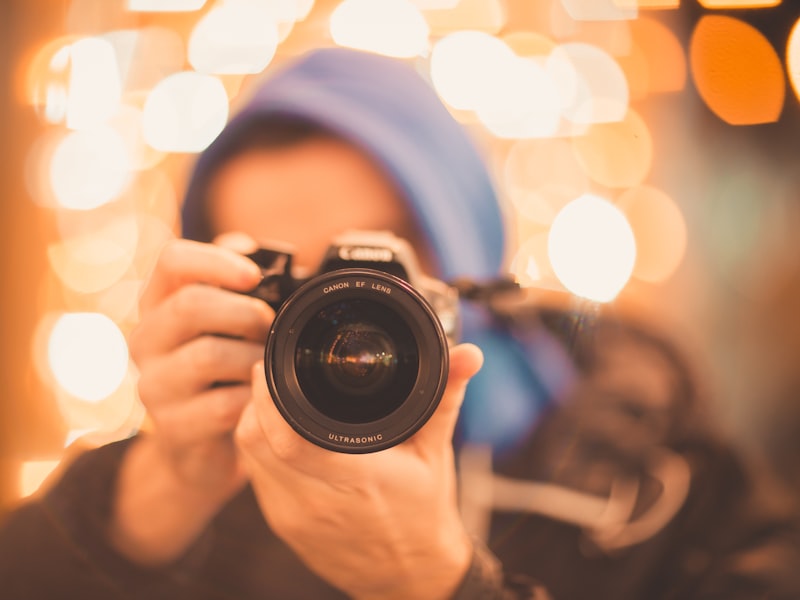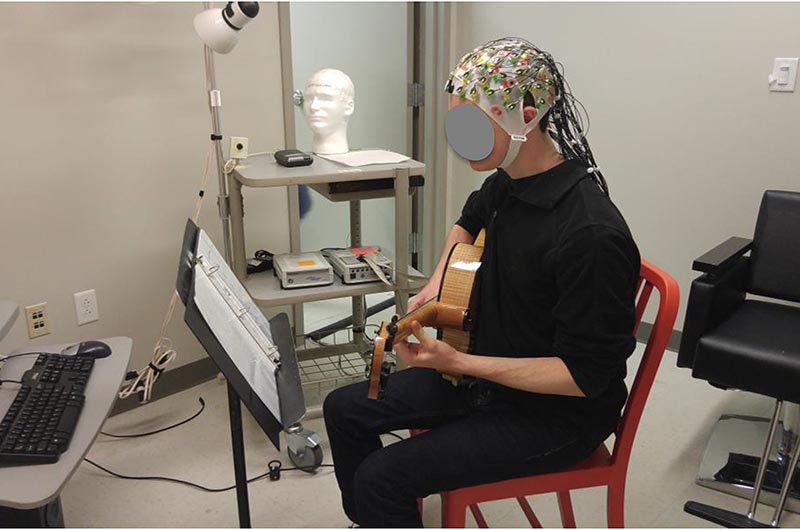Navigating the Neural Pathways: A Journey into the Creative Brain Can Be Fun For Anyone

Navigating the Neural Pathways: A Trip right into the Creative Brain
Ingenuity is a remarkable facet of human cognition that enables us to believe outside the container, come up with ingenious ideas, and reveal ourselves in distinct methods. The capacity to be artistic is not limited to performers or entertainers; it is a fundamental part of our day-to-day lives. But have you ever before wondered how imagination works? What goes on inside our brains when we interact in innovative thinking? In this blog post, we will definitely take a quest into the nerve organs process of the creative brain and look into the procedure responsible for this outstanding potential.
At its center, ingenuity involves producing relationships between relatively unconnected concepts and ideas. It requires adaptable thinking, different thought processes, and the capability to generate novel solutions. To know how these cognitive methods take place, experts have transformed their attention to researching the human brain.

In recent years, neuroscientists have produced notable development in unraveling the enigmas of innovation through reviewing neural activity during several artistic jobs. One crucial result is that innovation entails a complex interplay between different regions of the mind.
The prefrontal cerebral cortex (PFC), located at the front of our human brains, participates in a crucial part in creative thinking. This location is accountable for higher-order cognitive functionality such as decision-making, problem-solving, and strategy. It assists us create suggestions through retrieving applicable information coming from our moment and controling it in novel means.
One more crucial gamer in creative thinking is the nonpayment method network (DMN), which is composed of several complementary human brain locations consisting of the median prefrontal pallium (mPFC) and after cingulate cerebral cortex (PCC). The DMN is energetic when we are at rest or involved in internally-focused tasks such as daydreaming or mind-wandering. It has been found that during the course of instants of knowledge or unexpected advancements, there is improved interaction between the PFC and DMN.
Additionally, researches making use of neuroimaging approaches like functional magnetic resonance image resolution (fMRI) have shown that creative thinking includes a equilibrium between centered interest and defocused focus. When we are engaged in a innovative duty, our minds alternate between time periods of extreme attention and relaxation. This powerful interaction allows for the totally free circulation of suggestions and the emergence of unfamiliar relationships.
Surprisingly, recent study has additionally shed illumination on the role of emotions in creativity. Emotions play a vital part in our innovative procedures, determining how we view and analyze relevant information. Good emotions, such as happiness or exhilaration, may enrich our potential to assume artistically by increasing our attentional concentration and enhancing intellectual versatility.
Moreover, researches have revealed that particular human brain regions connected with emotional processing, such as the amygdala and insula, are turned on in the course of imaginative jobs. This recommends that emotional experiences may mold our creative thinking through affecting the nerve organs pathways entailed.
Therefore how can we navigate these neural process to enrich our personal innovation? One method is through practice. The a lot more we engage in innovative activities such as writing, paint, or problem-solving tasks, the more powerful these neural hookups ended up being. By consistently challenging ourselves to believe outside the box, we may plant a more imaginative mindset.
Find More Details On This Page is to reveal ourselves to unique encounters and standpoints. Immersing ourselves in brand new environments or finding out different perspectives assists increase our understanding base and gives us along with new sources of inspiration.
Additionally, taking breathers during the course of rigorous time periods of focused work permits our brains to loosen up and enter into a diffuse mode of thinking. This condition promotes unconscious handling and facilitates the creation of unique tips.
In conclusion, browsing the neural pathways of the innovative brain is an stimulating trip in to understanding how individual cognition works. With researching human brain task during the course of a variety of imaginative duties, experts have pinpointed vital locations included in generating novel tips and creating unique connections. Through engaging in creative thinking frequently, leaving open ourselves to varied encounters, and allowing for moments of relaxation throughout intense job sessions, we may boost our own innovative thinking abilities. Thus following time you find yourself spellbinded by a work of art or attacked by a brilliant idea, always remember that it is your human brain's detailed dancing of nerve organs process that has led you certainly there.
